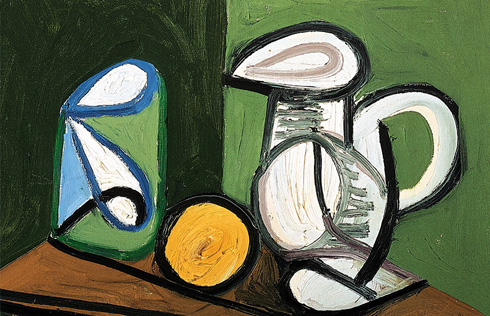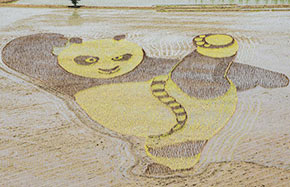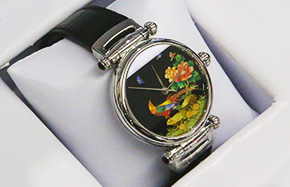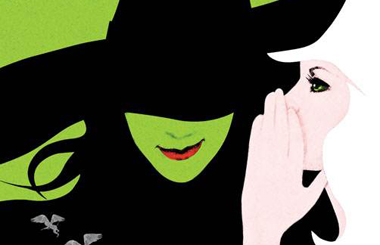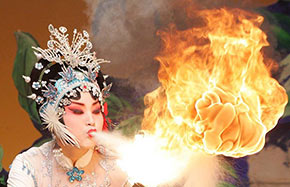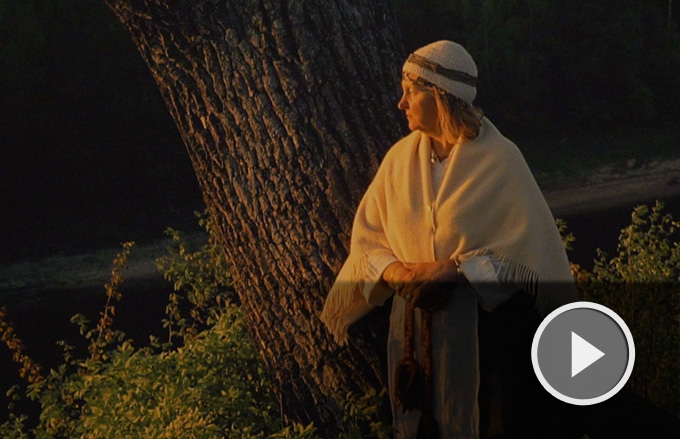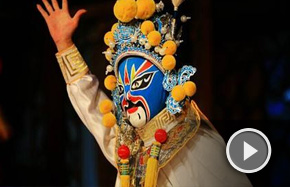Artist uses AR and VR to create an art car
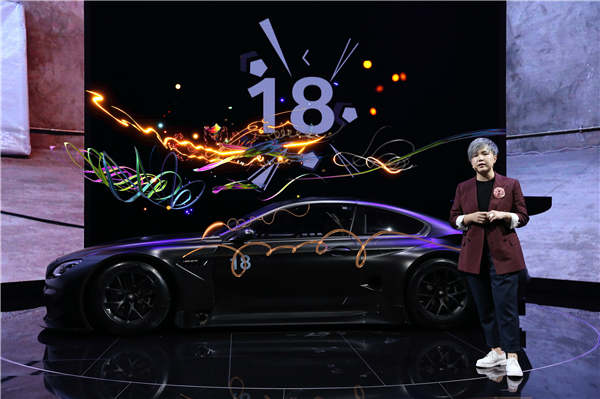 |
|
Multimedia artist Cao Fei with the art car she designed using augmented and virtual reality. [Photo provided to China Daily] |
What does an art car of the 21st century look like? Chinese multimedia artist Cao Fei answers the question with augmented and virtual reality and a black BMW M6 GT3 racecar.
The project, comprising an augmented reality app, a video and a physical racecar, debuted at the Beijing Minsheng Art Museum on May 31.
It's the 18th in BMW's art car series that has involved 18 leading artists from across the world in the past 42 years, including Andy Warhol, David Hockney and Jeff Koons.
Cao is the first Chinese and the youngest to join the lineup.
"I'm not tech-savvy. But I'm interested in changes that technology brings to our society," Cao says of her decision to use AR to produce the art car.
The 39-year-old spent two years developing and realizing her idea of the art car project.
She also worked with a technology team to help design the AR app.
With the app's camera, people can interact with the car by taking photos with the floating lights and shiny spirals around.
Thomas Girst, head of cultural engagement at BMW, says Cao's art car is a digital car of the 21st century that invites viewers to have an immersive experience.
Former Tate Modern director Chris Dercon says Cao's works provide a critical reflection on what technology does to us and how we should embrace it.
Dercon first saw Cao's work 15 years ago and has kept a close eye on her since.
"We are at the very beginning of understanding how to use tech in art and how to produce meaningful work through art with the help of AR and VR," says Dercon.
Cao's previous works have focused on how people, especially the young, deal with the rapid changes in cities, as well as the influence of such technologies as the internet and virtual reality.
Her video work Whose Utopia filmed factory workers in southern China. And her video works like i. Mirror and RMB City were set in the VR game The Second Life.
After being invited to design the art car, Cao says she spent months thinking about how to apply technology to art.
Last year, she took part in a Google project that offered her a chance to understand AR and VR.
She says she loves to watch sci-fi TV shows and movies, specially ones like Black Mirror, Humans and Her. She recently took part in a forum mostly attended by Chinese sci-fi writers and made friends with them.
"I don't use tech on purpose. It's happening every day and brings up lots of problems for us, such as ethics," she says.
The mother of two says she bought a robot for her children.
The encounters between her children and the robot often make her laugh and think about how tech is gradually changing people's lives.
In the video, which is part of the art car project, the Beijing-based artist features a monk traveling from the past to the present and ending up in the future.
The sets in the five-minute video change from ancient temples, to cities full of skyscrapers, factories and parking lots, to a virtual world similar to that in the film The Matrix.
Cao says the video is the spiritual side of the art car project, while the AR app is the virtual side. They are integrated to reflect the rapid development of China.
"Though people enjoy the visual art, I hope they see more of the spiritual part behind the visual in my works," says Cao.
Cao says that with people embracing technology and the world moving in that direction, applying technology to art while reflecting on it is her response to the new era.
"I have faith that art will not be replaced by computers or algorithms," she says.
Xu Bing, a well-known installation artist, says that if a work heavily replies on technology, it will be outdated soon because technologies change fast.
"Cao is a leading artist of China's new generation," Xu says.
"She has a good sense of how the world is changing and where it will go."




